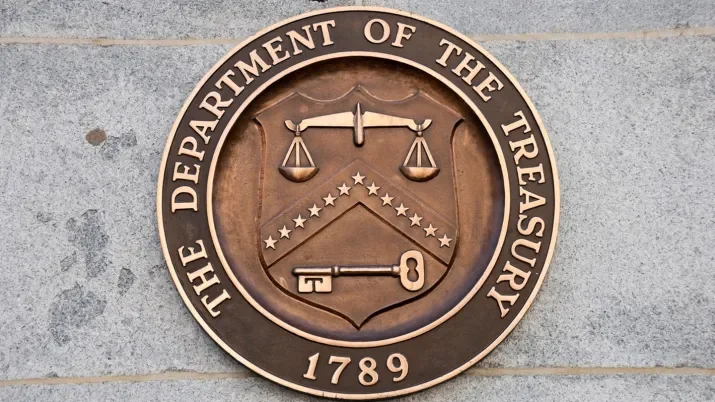The Fed is Far From Dovish
Having listened carefully to the FOMC news conference last night, the message to us was clear – the Fed is pushing ahead with its normalisation of rates and the gradual shrinking of its balance sheet.
Markets though have focused on the removal of the sentence “The stance of monetary policy remains accommodative” from the Fed’s statement and are taking this as a sign that the central bank is nearing its neutral rate, after which it may pause its tightening, with the ultimate takeaway that this statement was a dovish one. We disagree with that conclusion, and would point out that the current Fed Funds rate (2.00% to 2.25%) is below every single voting member’s view of the neutral rate. There was also a mild move upwards in the dot plots, though the median still indicates four further hikes by the end of 2019. Hardly dovish.
With the small rally overnight and this morning in longer dated Treasury yields, the talk has been around the shape of the yield curve as it has once again flattened to just 23bp, with the recent steepening perhaps being viewed as a blip before the march flatter continues. While this might be correct, in our view the reason behind the flattening is neither the Fed nor inflation.
The front end of the curve is following the Fed quite closely now, with two-year yields making new post-crisis highs of 2.80% today. But the long end has other drivers, which can be simply described as demand for a risk-off negatively correlated asset. That demand is being driven by a combination of geopolitical woes and also the strength of the US dollar.
The key geopolitical stories are a combination of Eurozone wobbles in Italy and of course Brexit, escalating trade war rhetoric (which is no longer just rhetoric), and EM weakness, principally Turkey and Argentina, but also spreading to all EM counties with a large deficit funded in dollars. These stories have ebbed and flowed, and since the end of summer the news has been marginally better, thereby allowing longer dated Treasury yields to rise. This has also coincided with a period of moderate dollar weakness, which of course feeds straight into the EM recovery story. In fact, the dollar softness is almost perfectly correlated with the recent move higher in yields, a development that is certainly worth following. Had these geopolitical headwinds not abated we would likely be staring down the barrel of a flat yield curve this morning, since 10-year Treasuries were just 2.81% on August 24.
While all this has been happening, the Fed has not flinched and the bar for them to pause is currently quite high. We don’t see them as dovish, and importantly we don’t see the Fed driving long end rates at the moment. The shape of the curve is in the hands of the market. Without the geopolitical risks and a softer dollar, we could very easily go to 3.25%-3.50% on the 10-year UST, but should they become more prominent we are going to get perilously close to a flat curve in the next few weeks.



